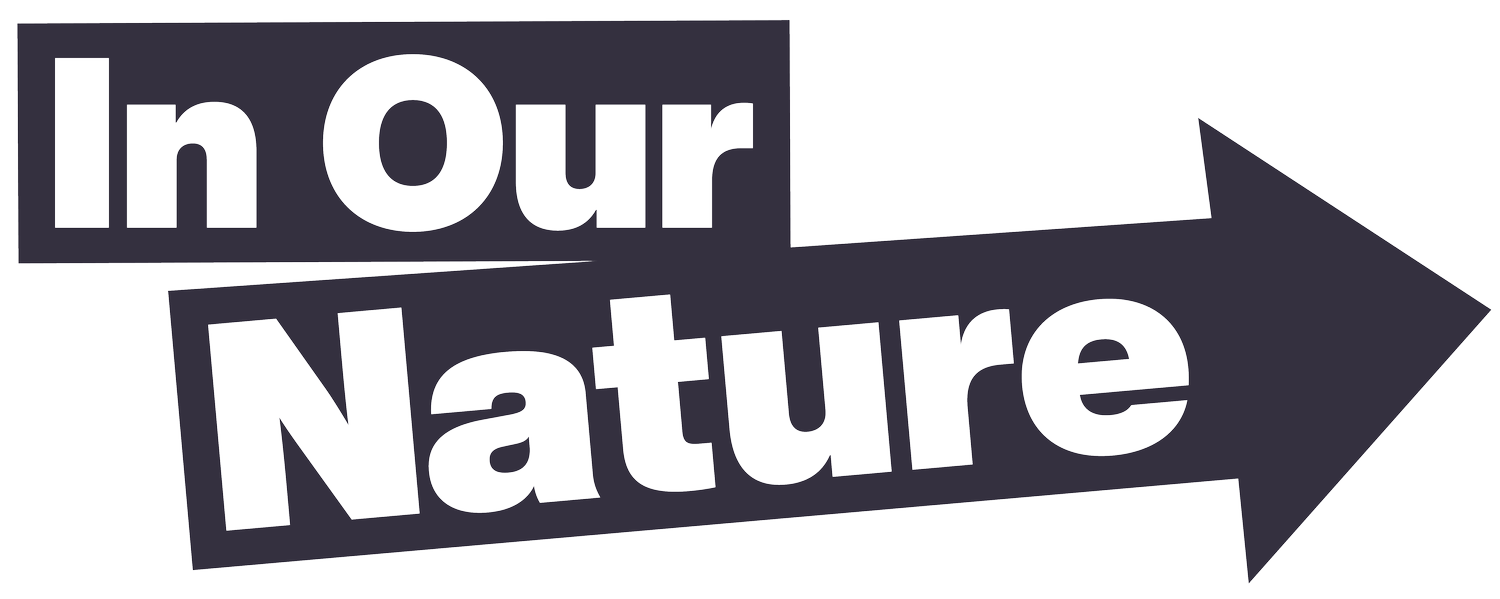Measuring and communicating impact
First things, first, why should you care about measuring impact?
To understand if you’re making a difference
Helps you communicate with funders, beneficiaries and other key stakeholders
Motivate the project team and volunteers
Set targets that can be improved on over time
So you can take stock and adjust your strategy if needed
What should you measure?
This will vary widely from project, but you should aim to measure the things that:
Help people understand the benefit of your work, e.g. if you’re interested in boosting mental health, you may wish to measure how people feel when they use your space
Enable you to measure impact over time, e.g. estimated number of users of a new green space per day
Help tell the story of your project, e.g. the number of volunteer hours
“What gets measured, gets managed” – therefore we should measure what matters.
Broadly speaking, there are two types of data you can measure.
Here’s a quick crash course in quantitative vs qualitative data:
Qualitative (stories)
Interpretation-based, descriptive
Can help us why or how something happened
Subjective and unique
Example methods: interviews, quotes, focus groups, case studies.
Quantitative (numbers)
Numbers-based, countable or measurable
Tells us how many, how much, or how often something happened
Fixed and universal
Methods: surveys and polling, observational counts.
How to communicate impact?
Write how you speak
What would you be interested in hearing about?
Keep it simple
Focus on the main
It’s often best to communicate impact through a killer combination of numbers and stories!
What is the process for measuring impact?
Here are the three key stages to measuring impact:
1. At the start
Define the difference you want to make
What’s the impact you want to have?
What does success look like?
How can this be measured?
Make a plan and share it with your team
What will you be measuring?
When will you be measuring it? How often?
Who will be involved in measuring it? Make sure you’ve discussed their role with them.
What tools, resources, other considerations do you need for this?
Set a baseline measurement to enable comparison later on
Stat guru Hans Rosling says you should avoid presenting stats in isolation, e.g. instead of saying 80% of the allotment is now used. Say, use of the allotment has increased from 30 to 80%. This shows the difference over time and the impact.
2. Throughout the project
Follow your plan and measure impact as you go
Learn what works and what doesn’t to enable adjustments to your strategy in real time
3. At the end
Compare results at the end of the project to the baseline measurement and any mid-point measurements
Analyse the difference made: what went well, what could have been improved
Celebrate your successes!
Think about how to communicate impact in a simple and engaging way to stakeholders
Our top tips
Google have a number of free tools that can help you:
Google Forms: for surveys
Google Docs: good for creating your impact measurement plan and keeping track of qualitative data
Google Sheets: to keep track of data and numbers over time
Explore more of our tips and guides below to get your community project up and running, and make the most of nature.




